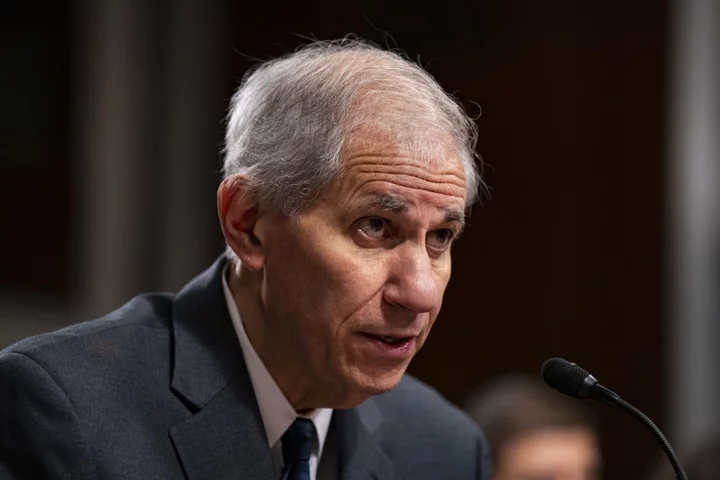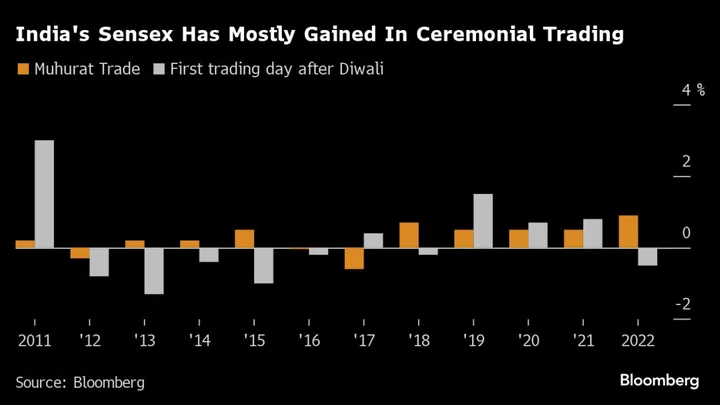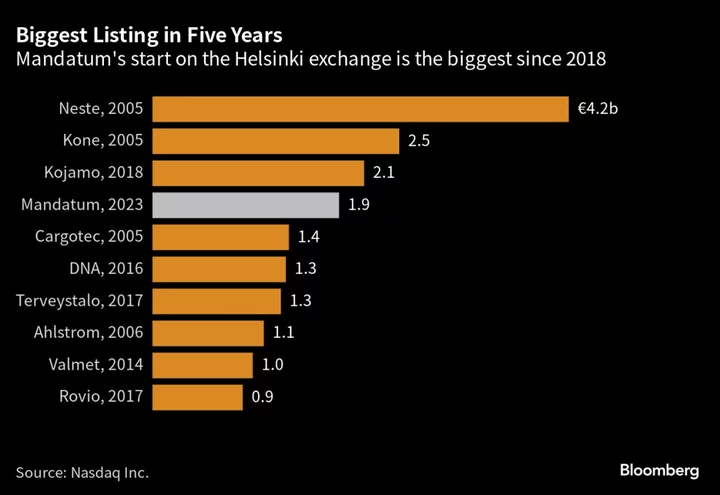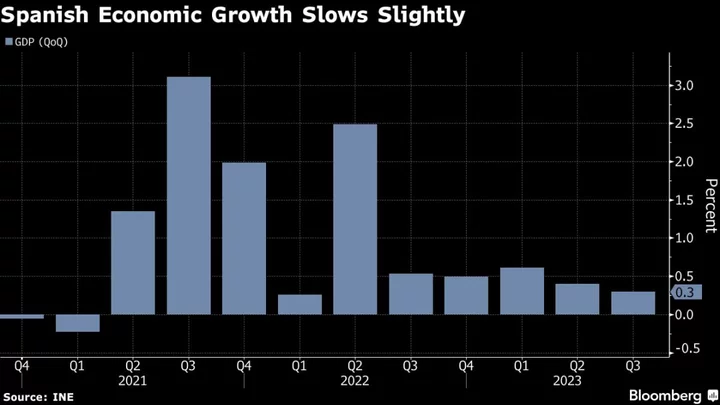US regulators will soon propose requiring banks with as little as $100 billion in assets to issue enough long-term debt to cover capital losses if they ever failed.
The Federal Deposit Insurance Corp., the Federal Reserve and the Office of the Comptroller of the Currency are working on the plan as part of Washington’s response to this year’s failures of midsize lenders, according to FDIC Chairman Martin Gruenberg. The move could lead to more options for bank resolutions and reduces incentives for uninsured depositors to yank their cash, he said.
“Such a long-term debt requirement bolsters financial stability in several ways,” Gruenberg said Monday in remarks for an event at the Washington-based Brookings Institution. “It absorbs losses before the depositor class – the FDIC and uninsured depositors – take losses.”
Gruenberg said he expected the US proposal to “provide for a reasonable timeline to meet the debt requirement and to take into account existing debt outstanding.”
The issue of who should shoulder costs for bank failures became a political lightning rod earlier this year after the US made a so-called systemic-risk exception allowing the FDIC to cover all deposits at Silicon Valley Bank and Signature Bank — including those that were unsecured. The move cost the government’s bedrock Deposit Insurance Fund, which is typically used to cover as much as $250,000 in an account, billions of dollars.
A buffer of long-term debt would help protect the fund by avoiding the need for a system-risk exception, Gruenberg said. The DIF is refilled by FDIC-insured banks through quarterly fees.
His comments drew criticism from the Bank Policy Institute trade group, which said the speech didn’t discuss the costs of long-term debt requirements on regional and midsize banks already facing significant increases in deposit funding costs.
“With this proposal, the government will be forcing a large supply of bank debt into the market, but it’s unclear whether there is going to be sufficient demand for it, meaning this proposal could end up doing more harm than good,” said Tabitha Edgens, a BPI senior vice president and senior associate general counsel.
Gruenberg isn’t the only regulator who supports extending stringent long-term debt requirements to all lenders with $100 billion or more in assets, rather than just the largest firms as is currently the case. Fed Vice Chair Michael Barr in July said such a move would be “an important safeguard to a class of banks that came under pressure this spring after the failure of Silicon Valley Bank.”
The FDIC, Fed and OCC in July proposed forcing midsize and big banks to thicken their cushions to absorb unexpected losses. Those enhanced capital rules would apply to banks and bank holding companies with $100 billion or more in assets, rather than just those that are globally active or have $700 billion or more in assets, Barr has said.
Silicon Valley Bank’s outcome might have been different if the lender had a buffer of unsecured debt, a robust resolution plan and capital requirements, Gruenberg said Monday.
“It’s hypothetical, but we could have had a different scenario,” he said.
(Updates with industry comment in seventh paragraph.)









